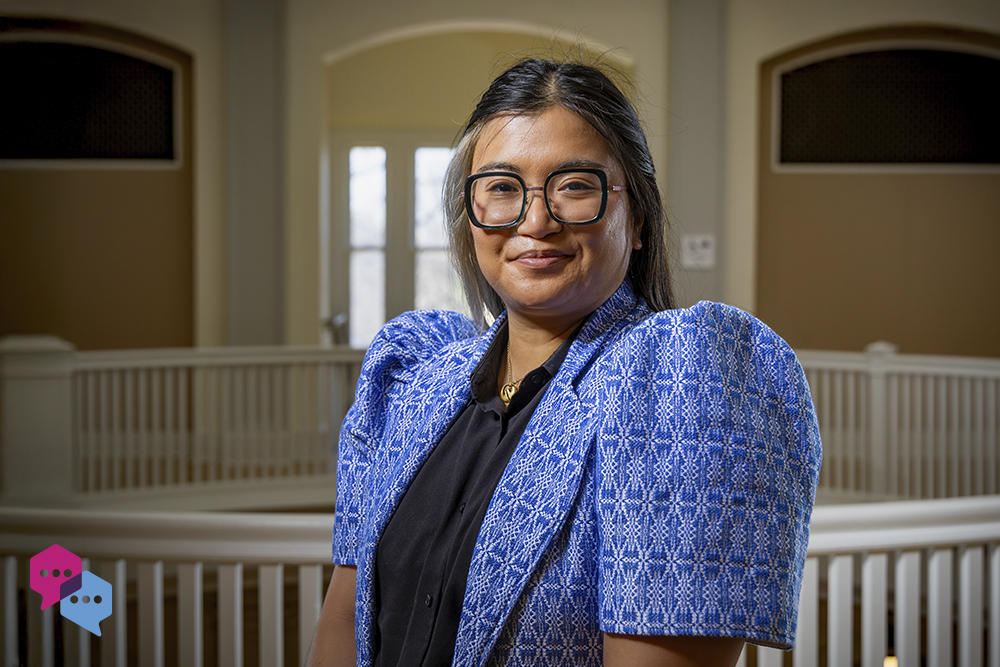Anna Gatdula is a professor in the Department of Music within the UNC College of Arts and Sciences. Her research bridges aesthetic theory, cultural history, and science and technology studies, exploring the connections between media, performance, society, and nuclear technoscience.
Q: How did you discover your specific field of study?
A: I was at the right place at the right time. I research an incredibly niche topic: the cultural history of the atomic bomb through mediations of screen media and performance, including music and opera.
I started my doctoral studies in 2017 at the University of Chicago, when the university was celebrating the 75th anniversary of Chicago Pile-1 (CP-1), Enrico Fermi’s experiment that resulted in the first sustained nuclear chain reaction. The university had a term-long series called “Nuclear Reactions,” which featured researchers and speakers from across disciplines in the humanities, social sciences, applied sciences, and public policy — so it sparked my natural inclination toward deeply interdisciplinary work.
I left those celebrations wondering: What kind of social, political, and historical implications are at play when a university celebrates such an event? How does the representation of a scientific discovery become aestheticized into cultural objects like music? What are the contesting narratives of the nuclear reactions that remain relevant to us today?
Q: Academics are problem-solvers. Describe a research challenge you’ve faced and how you overcame it.
A: As a cultural historian, I travel to archives and sites of commemorative events or performances as part of my regular research. In early 2022, when I was planning my first research trip to Los Alamos, New Mexico, I ended up having to delay because one of my sites — the Los Alamos History Museum — was closed to the public due to “on-site film production.”
Initially frustrated by the closure, which had become somewhat commonplace during pandemic lockdowns, I rearranged my research trip for later in the year. Come to find out, the on-site filming was for Christopher Nolan’s “Oppenheimer” and took place at the actual house where J. Robert Oppenheimer lived during the Manhattan Project. I don’t know if a lot of researchers can say Christopher Nolan challenged their research timeline! In any case, the slight delay proved to be a fun anecdote — and I can happily say I have indeed written about the film.
Q: Describe your research in five words.
A: Nuclear history becomes atomic spectacle.
Q: Who or what inspires you? Why?
A: I am inspired by indigenous artists who dare to represent the dark sides of the nuclear complex, including the effects of uranium mining and nuclear bomb testing. I return often to the exhibit “Exposure: Native Art and Political Ecology” held at the Institute of American Indian Artists’ Museum of Contemporary Native Arts.
Q: If you could pursue any other career, what would it be and why?
A: I’d likely be a multi-hyphenate artist-creator of some sort, incorporating music, singing, performance, poetry, photography, and political activism. Sometimes, I think being a professor gives me a great excuse not to dive into art full-time.


